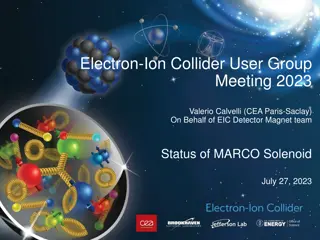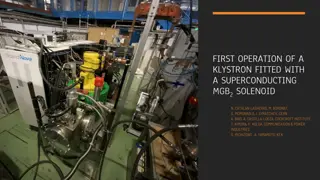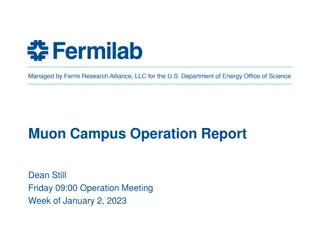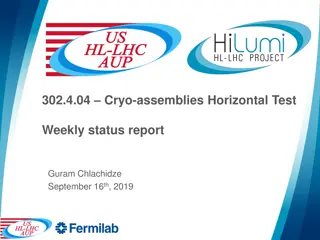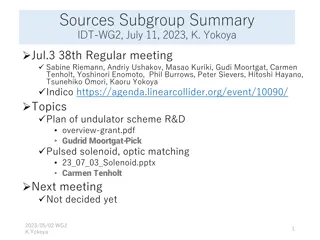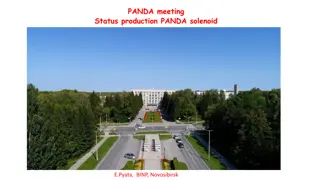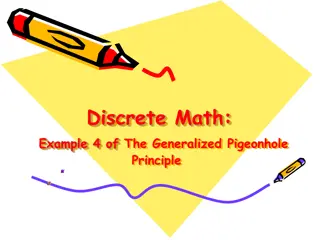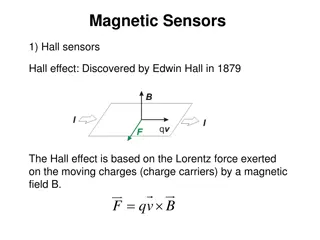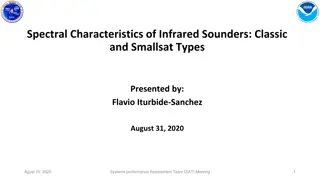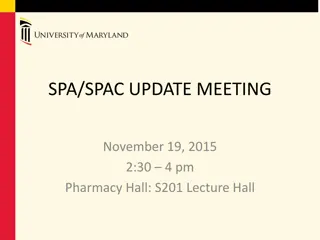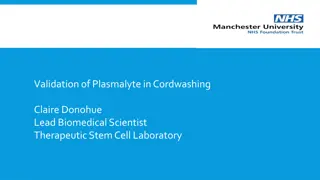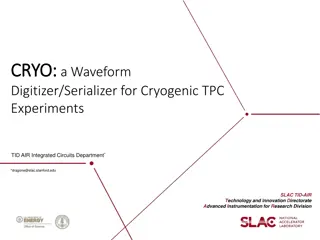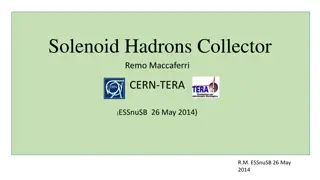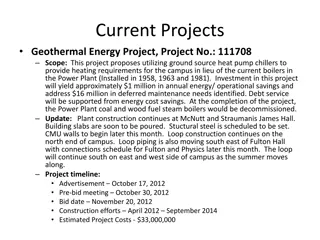
Optimizing Cryogenic Circuits for Hall D Solenoid
Enhance the cryogenic circuit for the Hall D Solenoid by reestablishing the SLAC Fill Tube Configuration, ensuring proper cooling and reducing the risk of quenches. The solution involves strategic connections and modifications to improve functionality and prevent errors during operation.
Download Presentation

Please find below an Image/Link to download the presentation.
The content on the website is provided AS IS for your information and personal use only. It may not be sold, licensed, or shared on other websites without obtaining consent from the author. If you encounter any issues during the download, it is possible that the publisher has removed the file from their server.
You are allowed to download the files provided on this website for personal or commercial use, subject to the condition that they are used lawfully. All files are the property of their respective owners.
The content on the website is provided AS IS for your information and personal use only. It may not be sold, licensed, or shared on other websites without obtaining consent from the author.
E N D
Presentation Transcript
Proposed Changes to the Hall D Solenoid as a Result of Added Information G. Biallas 31Aug15
Over Simplification of the Cryogenic Circuit at Hall D Hall D required a new Cryo Box for the SLAC Solenoid Coils because the chimneys no longer matched the original spacing of Puffing Billy (SLAC Cryo Box) Coil 1 (long) is swapped with Coil 2 (short). Two 3/8 inside diameter tubes thread to the bottom of each coil from the Chimney (See next slide) Cool Down from the JT Valve (3 Atm He supply tube) Fill - from the bottom of the Cryo Box helium vessel I simplified the cryogenic circuit for the Hall D Installation in the new Cryo Box Eliminated the connection of the Fill Tubes to the bottom of the Cryo Box helium vessel Rather, connected each coil s Fill tube, in parallel with to Cool Down Tube to the tube coming from the JT Valve. Parallel cool down supply to the bottom of the coils
Fill Tube is Vital Designer and builder of the Solenoid, Steve St. Lorant recognized this error during the review of the Quench. The Fill Tube is vital in adding cold, bubble free liquid to the bottom of the coil via a thermal syphon Flushes pockets of warmer, stratified liquid out of the coils and up through the 2 inch upper connecting tubes. Eliminates counterflow in the 2 inch lead tube and any burping behavior. Steve St Lorent believes lack of this tube is the cause of our quenches.
Solution The connections to the Cool Down and Fill tubes are still readily accessible in the Chimney splice making area Bellows cover retracts and shield clamshells unbolt. Substitute an existing Tee Connector with two assemblies. Simple Connector segment between tube from JT Valve s Cool Down Helium supply tube and the Coil s Cool Down Tube And => See the next Slides
Reestablishing the SLAC Fill Tube Configuration 1. Reestablish the Fill tube s connection to the Cryo Box s Helium On the two inch tube containing the leads and splices, open the upper Conflat flange joint that allows a bellows to compress and reveal the electrical splice zone. Make clam shells that form a tube that can be welded between the retracted flanges. do not re-do the splices, they are proven. Make a connector tube segment from the Coil s Fill tube that pokes through one half of the clam shell
Reestablishing the SLAC Fill Tube Configuration Cont. 2. Extend the Fill tube s hydraulic circuit from the entry into the Clam Shell up into the bottom of the Cryo Box s Helium Vessel (to dense liquid) Thread a Teflon tube up the 30 inches into the Cryo Box s Helium Vessel from the splice zone Weld one clam shell half with the Fill connection to the Conflat flanges Sacrifices the ability to open that flange joint Leads and splices can be protected during welding Connect the Teflon Tube to an upturned elbow, inside at the clam shell s Fill Tube connection point Weld up the remaining half of the clam shell while assuring that the leads are protected from the high temperatures Leak Check
Details of the Fix All four coils will be fixed Uses same fit, tack, weld & leak check procedures used to make the original tube connection segments Highly experienced welder says: I can do it! Uses existing, proven procedures for working on and closing the the Splice Region in the Chimneys No chips are generated no shorts Simple construction can adapt to each coil s connection differences.
Details of the Fix Cont. Cryo will bleed dry nitrogen through the exposed helium tubing to minimize contamination. Risks Burning splice and lead insulation needs proof in dry-run and attention to heat sink details Leaks from opening and closing flange joints - Good past experience Experienced technicians Leaks at the welds - 60% can be leak tested on the bench. Lab Pressure System procedures will be maintained.

